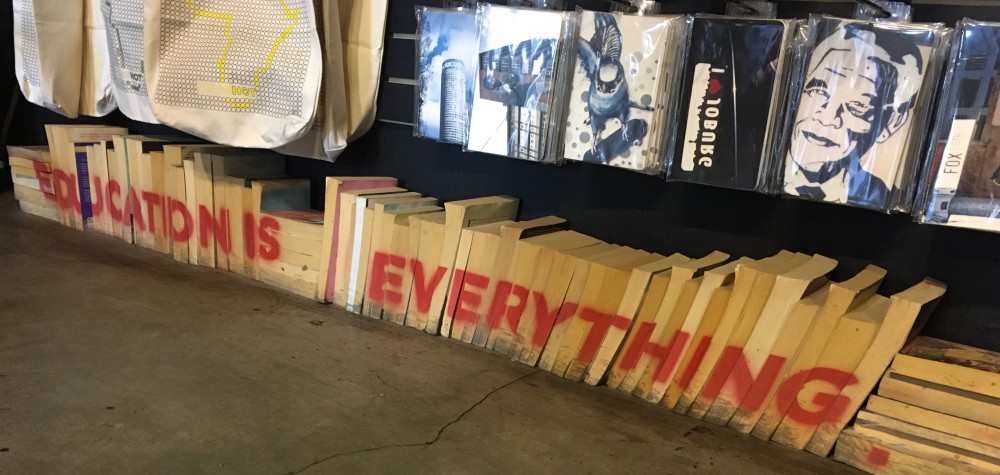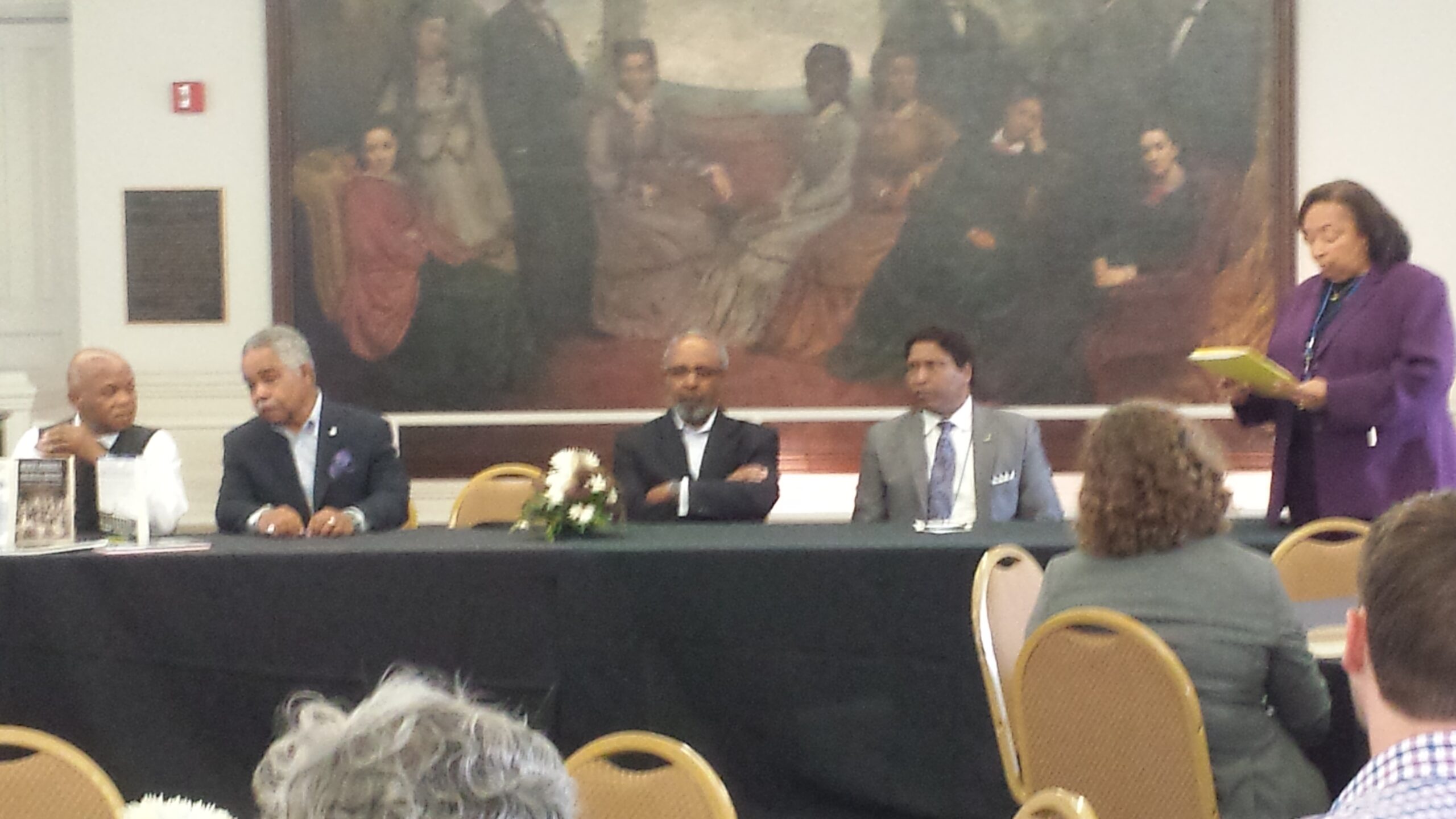Panel discussions with colleagues at Tennessee State University, Fisk, and Vanderbilt University include topics focused on student activism and institutional partnerships.

“What is the difference between a moment and a movement? Sacrifice.” As I was having lunch with faculty and staff at Fisk University, one of our hosts shared this question and subsequent answer. I could not get the thought out of my head, particularly with everything that has been happening on campuses from ConcernedStudent1950 at the University of Missouri to #BBUM at the University of Michigan. As I thought about our present situation I was taught lessons from the past.
Throughout the day I learned just how much the people of Nashville sacrificed in order to ensure that a movement would help change a country and how Tennessee State University and Fisk University are physical connections to that very movement. Tennessee State University was founded in 1912 as the Tennessee Agricultural and Industrial State Normal School, which began as a teacher training institution for Black students. Fisk University was founded in 1866 by northern missionaries to educate freedmen. Both are part of the remaining 105 historically Black colleges and universities in the country.
We started our day with a tour of TSU to learn about the college, and, unexpectedly, some fun facts about our Professor Betty Overton-Adkins, a graduate of TSU.
We then went to Fisk University for a panel at Jubilee Hall, the South’s first building built for the education of Black students. Jubilee Hall stood tall at the center of the campus and within it was a painting of the Fisk Jubilee Singers, an African-American student chorus group that toured the United States and Europe to raise money for Fisk University just five years after the institution was founded. They travelled with practically no money and at many times no place to sleep. However, in order to ensure that Fisk could remain the institution that it is today, those students endured hardship.
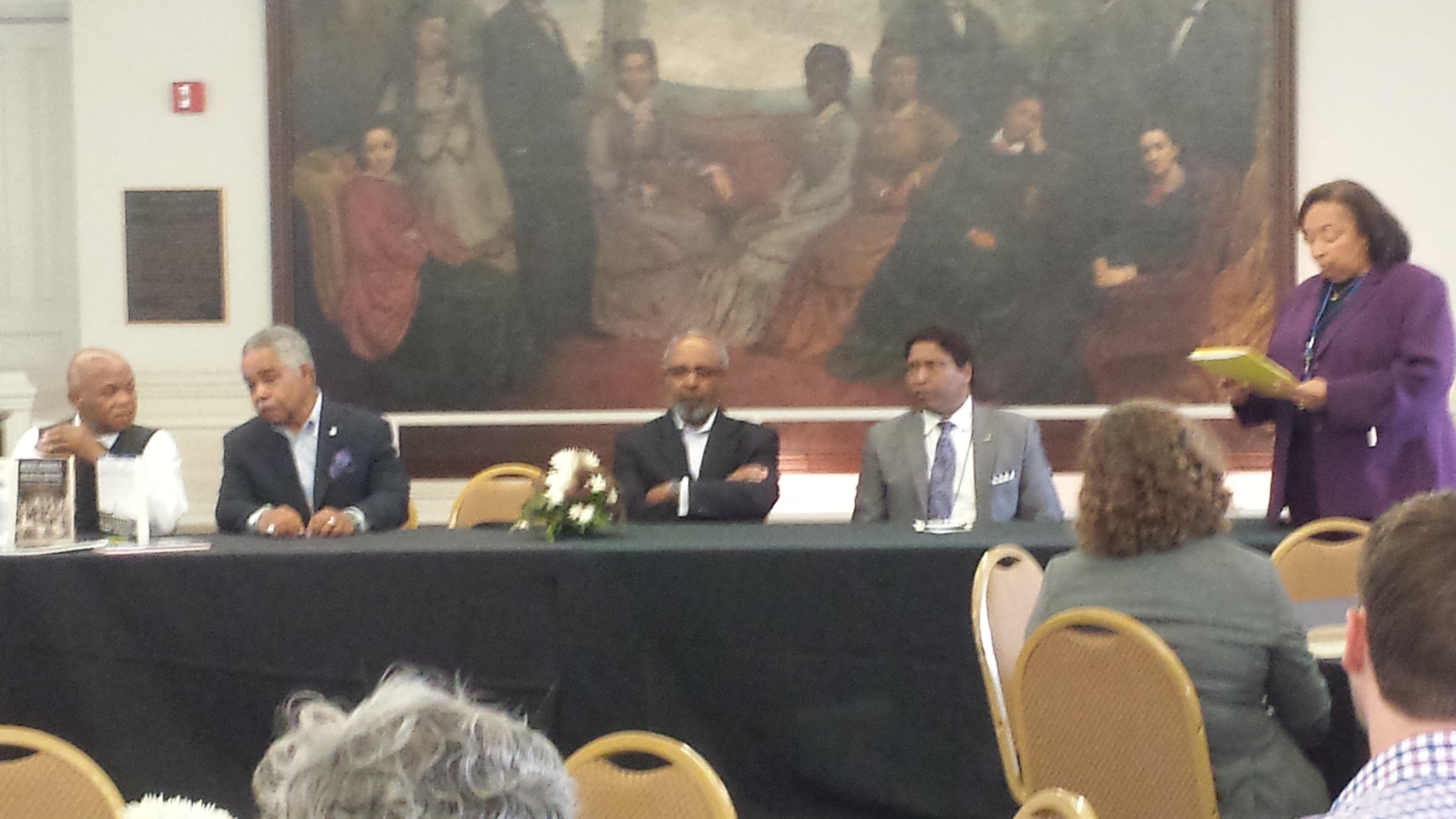
As we sat in front of the portrait, an image that captured all of the varied skin tones of the nine Black students, I was struck by the history of the school. From its purpose to its students, one of whom was Diane Nash, a founding member of the Student Nonviolent Coordinating Committee (SNCC), Fisk stands as a physical connection to a past I realized I barely understood.
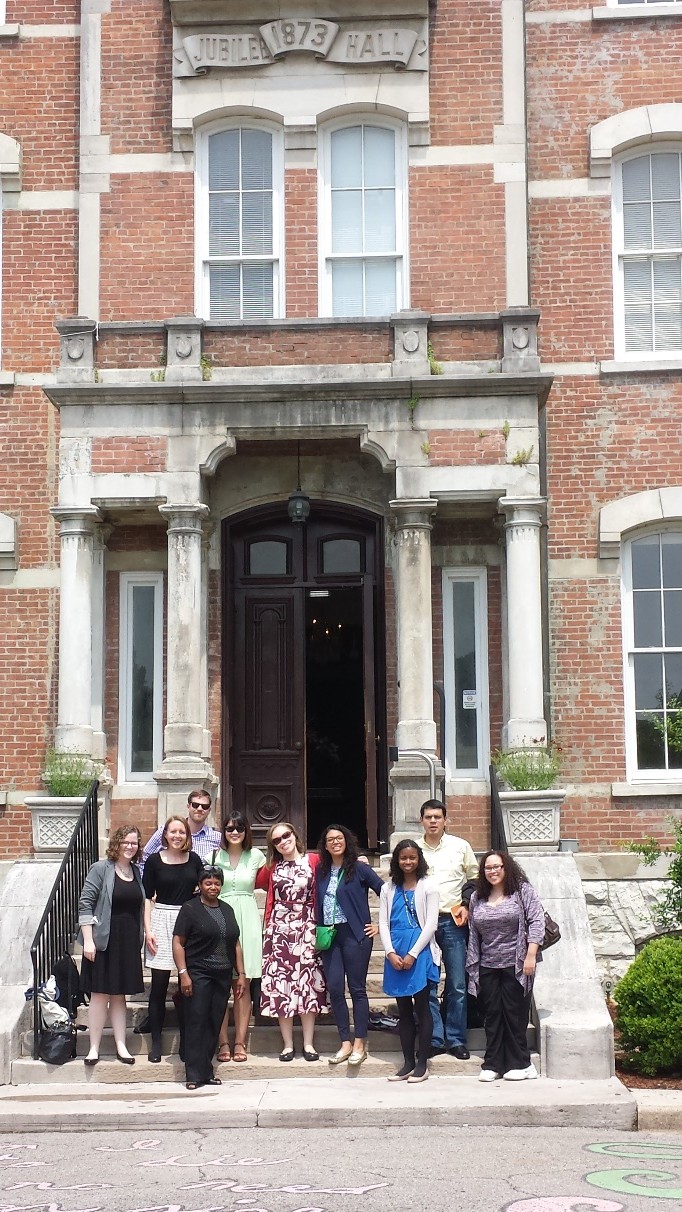
After leaving Fisk University we returned to TSU to hear the stories of student activists during the civil rights movement. As they sat and told their stories it was as if they were still participating in that movement recalling everything vividly. They shared their experiences with learning the values of non-violence through lessons taught by James Lawson. They shared their stories of sit-ins at downtown lunch counters, movie theaters, hotels and pools. They told us how their activism remains present in their lives until this day. They spoke of sacrifice.
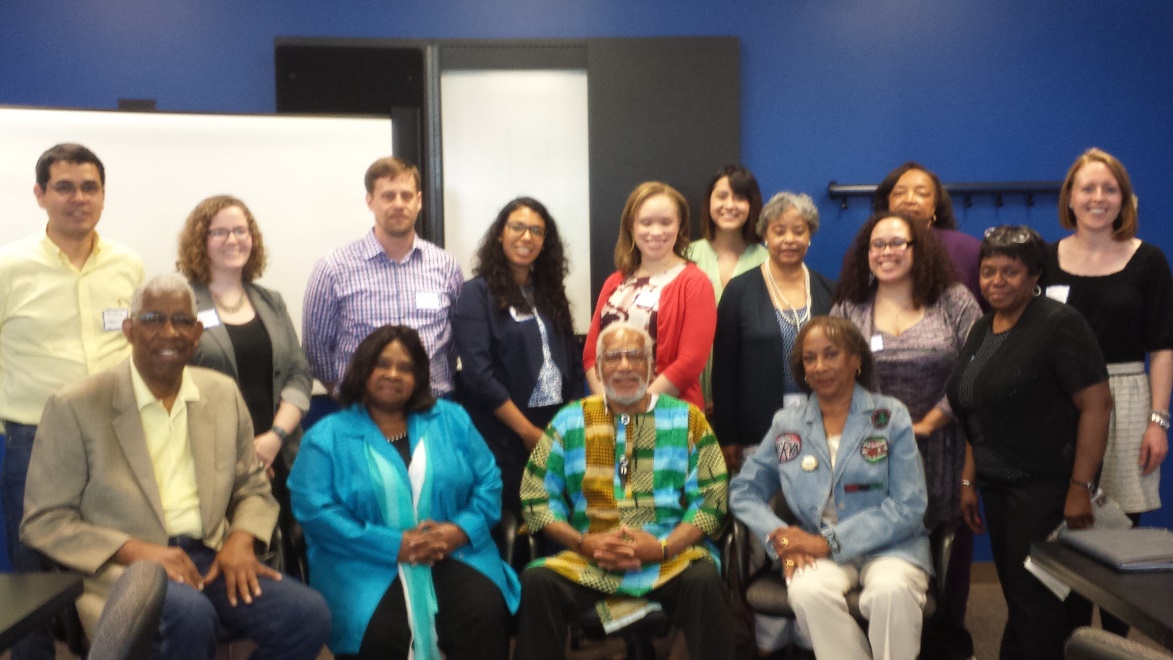
As they spoke I was trying to connect the pieces and understand how the city of Nashville became a place where students were leaders of a movement. One of the presenters mentioned how she could not have imagined doing what those students did. When she said that, I wondered what I would have done and what I could do now.
As we left Nashville I still could not get the question out of my head—“What is the difference between a moment and a movement?” The civil rights movement created a lot of change in this country. One of those changes meant that that I, a Black woman, could call myself a college graduate of an institution that was not built for me. Yet, we still see students, particularly students of color, feeling marginalized and underserved by their colleges and universities. Institutions across the country have and are experiencing student protests on this very issue today. My hope is that these protests are not considered a moment in time where students happen to be angry, but a movement that truly pushes institutions to change. The question that I now wonder is: what must students sacrifice today in order to build on the sacrifices from the past?
— Marie Angeles, master’s student
